Simularity’s software automatically analyzes geospatial imagery and data to find and classify unusual changes across vast areas.
Simularity Products
* Geospatial
Our products are built on our core AI-driven temporal image change detection system.
Our flagship product is AIADS (Automated Image Anomaly Detection System) and our other products are AI-driven image algorithms for Coregistration and Dynamic Range Adjustment, and a new enhanced AIADS/SAR which works with Synthetic Aperature Radar imagery (SAR).
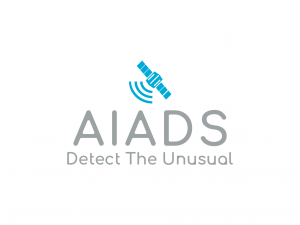 AIADS applies AI to layers of historical image information across multiple bands, to build a model of understanding of what changes are “normal” and which changes are significant. This process is often called temporal change detection or persistent change detection.
AIADS applies AI to layers of historical image information across multiple bands, to build a model of understanding of what changes are “normal” and which changes are significant. This process is often called temporal change detection or persistent change detection.
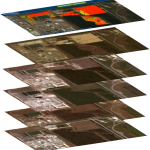
By separating change into these 2 categories, the software is able to rapidly shine a spotlight on the changes which should be further investigated.
Changes can be detected from activities such as:
- Construction, Demolition
- Road building
- Land clearing
- Objects appearing or disappearing unexpectedly
- Natural changes such as flooding, landslides, and other significant natural events
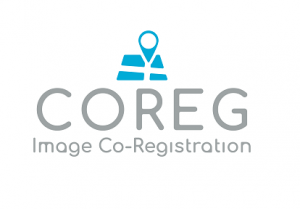
Image Co-Registration (COREG) is designed to register (align) each image provided to the most recent image. COREG performs automatic detection and correction of sub-pixel misalignments between various remote sensing datasets. It is independent of spatial or spectral characteristics and robust against high degrees of cloud coverage and spectral and temporal land cover dynamics.
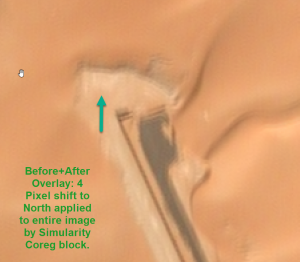
The co-registration is based on phase correlation for sub-pixel shift estimation in the frequency domain utilizing the Fourier shift theorem in a moving-window manner.
Availability: By license or pay-per-use on Up42
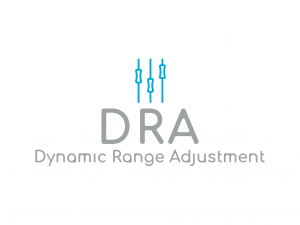
Dynamic Range Adjustment (DRA) increases the contrast in a set of images in order to reduce the variations from lighting and enhance variations due to actual changes. The result is an improvement in the performance of change detection and other related algorithms.
This algorithm works by converting each input image to HSB color space. A histogram is then generated from the Brightness component (B) and that histogram is equalized. It is important that the algorithm know the color depth of the image, which is not always apparent from the data format of the remote sensing image.
The DRA algorithm computes this by measuring the brightest value in the image, and using it as a base to compute the color depth and this color depth is then used for the histogram equalization. Once the histogram is equalized in Brightness, the image is converted back to RGB using the equalized Brightness value. The results of this algorithm result in some information loss in the imagery to compensate for the enhanced contrast, which is intentional as it benefits image analytics that look for changes in imagery due to physical changes and not those due to lighting variations.
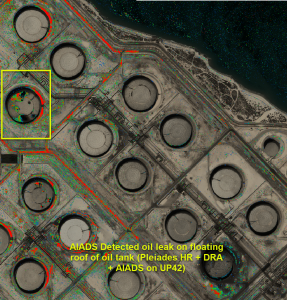
When temporal change detection algorithms, such as AIADS, analyze AOI’s which contain changing lighting due to shadows, the variation in pixel values is falsely higher which can mask actual changes when they do happen. This occurs more frequently in scenery with a high dynamic range. Some example scenes with high dynamic range include residential areas, industrial sites, and urban areas. Applying DRA to these AOI’s can increase the contrast so that minor variations are filtered out, resulting in higher true positive and lower false positive results. DRA is less important in scenery which already has a narrower dynamic range such as desert or ocean imagery. Thus, some advantageous use cases of DRA include oil spill detection at a refinery, rooftop damage detection, construction monitoring, and more.
Availability: By license or pay-per-use on Up42
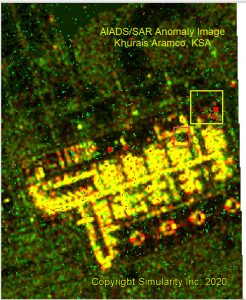 AIADS has been enhanced to also work on SAR imagery. For more information see this post.
AIADS has been enhanced to also work on SAR imagery. For more information see this post.
* Social Media
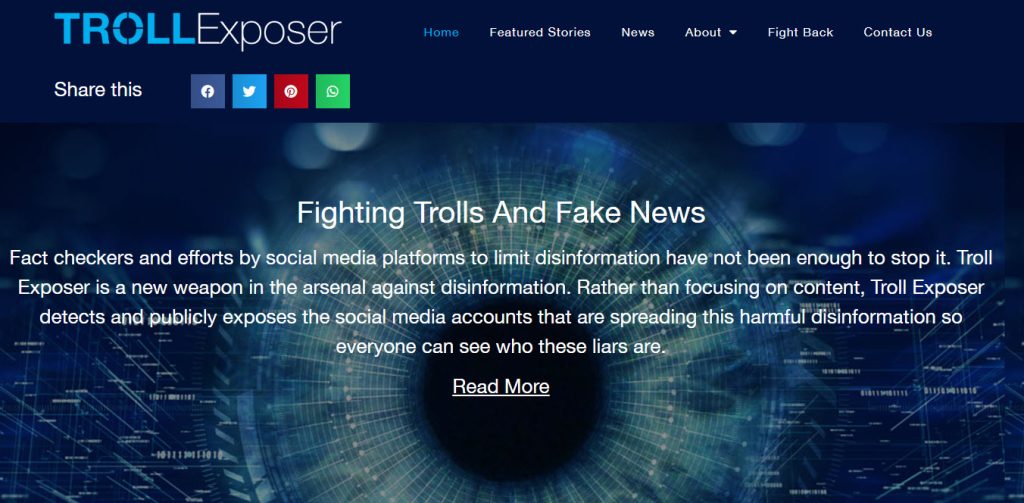
TrollExposer.com is a website built to combat the spread of disinformation.
We use proprietary and legal techniques to collect account behaviour, and then apply our AI to identify networks of accounts participating in “coordinated inauthentic behaviour”.
TrollExposer recently was engaged to help fight disinformation in the Philippines 2022 Presidential Election, and was successful in getting several troll accounts shut down.
Contact Us today to find out how our technology can help you with fighting disinfomation.

